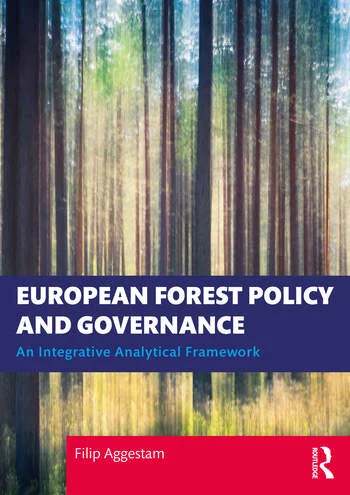European Union and Forests
Forest-related policy includes the area of forest sector policy. Although this has largely remained the responsibility of the EU Member States, there have been a number of activities at EU level. The EU Forestry Strategy provides general guidelines for EU forestry policy. It also aims to coordinate other EU forest-related policies. The strategy recalls key principles related to sustainable forest management (SFM) and addresses a number of issues, including competitiveness and job creation, forest protection and the provision of forest ecosystem services, aiming at a multifunctional approach. The strategy is based on the concept of subsidiarity and shared responsibility between the EU and its Member States. Its impact is hampered by a lack of legal liability and no direct link to EU financial policy instruments.
In addition, the forest-based sector covers a large area, ranging from policies affecting the framework conditions of forests and forest management to the various value chains related to forest ecosystem services and the wider social, economic and environmental context in which these value chains are situated. This makes an assessment of the European forest-related policy framework challenging. Not only is the European forest-related policy framework complex in itself, but the policies extend well beyond the comfort zone of familiar forest sector policies, for example into industrial, social and international trade policy areas. Forest-based products and services are an integral part of several sectors. These sectors are interconnected in various ways through value chains, which means that the importance of different policies varies significantly depending on the product and service concerned.
Learn more about EU forest-related policies:
- Through Smoke to Policy: Framing the EU Forest Fire Policy Landscape
- Crosswalking the EU Nature Restoration Regulation and the Kunming-Montreal Global Biodiversity Framework: A Forest-Centred Outlook
- Implementing Circular-Bioeconomy Principles across Two Value Chains of the Wood-Based Sector: A Conceptual Approach
- The Art of the “Green” Deal: Policy pathways for a third EU Forest Strategy.
- Downloading Europe: A Regional Comparison in the Uptake of the EU Forest Action Planet
- Coordinating the Uncoordinated: The EU Forest Strategy
- The EU policy framework
- Forest Policy in the European Union
You can also find out a bit more about forest governance through my new book.
